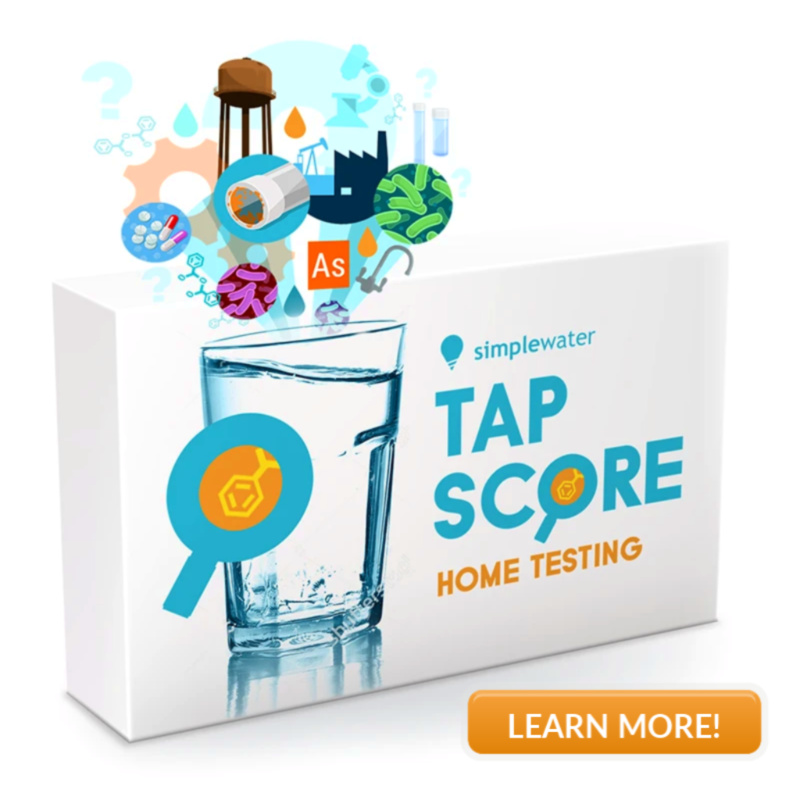FRASER VALLEY
Water Treatment Systems
Home Water Treatment Systems Near You!
Abbotsford, Chilliwack, Yarrow, Sardis, Clearbrook, Harrison Lake, Hope, Langley, Fort Langley, Surrey, Vancouver,
Aldergrove, Cloverdale, Pitt Meadows, Maple Ridge, Albion, Whonnock, Ruskin, Mission, Dewdney.
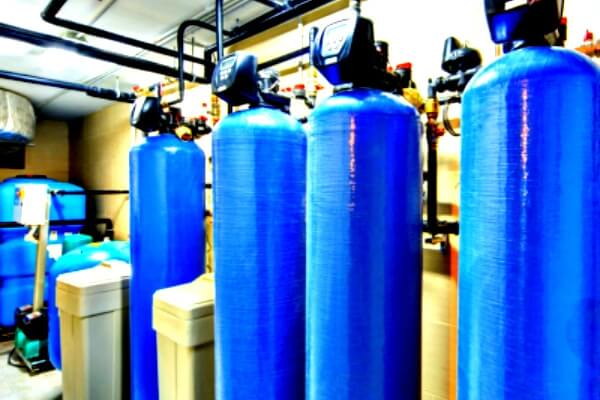
FRASER VALLEY
Water Treatment Systems
Fraser Valley Water Well Service Area:
Vancouver, Chilliwack, Abbotsford, Clearbrook, Mission, Surrey, Langley, Burnaby, Coquitlam, Port Coquitlam, Maple Ridge, Pitt Meadows, Ladner, Tsawwassen
Local Water Treatment Systems
Local Water Well Pros Water Treatment Systems and Home Water Filtration experts serving the Fraser Valley! If your drinking water does not come from a public water system, or if you get your drinking water from a water well in the Fraser Valley, you are responsible for assuring that your water is safe in the province of British Columbia.
Fraser Valley Water Treatment Systems design many types of water treatment and filtration systems including small home water treatment systems. We manage local water quality issues throughout Abbotsford, Chilliwack, Yarrow, Sardis, Clearbrook, Harrison Lake, Hope, Langley, Fort Langley, Surrey, Vancouver, Aldergrove, Cloverdale, Pitt Meadows, Maple Ridge, Albion, Whonnock, Ruskin, Mission, Deroche, and Dewdney.
Water treatment systems involve the treatment, filtration, disinfection and purification of untreated ground water and surface water. The sole purpose of a public or private water treatment system is to provide potable water. It’s important that water is safe to drink — as well as palatable — good tasting.
A water treatment system should also be designed to ensure that there’s enough water supply to meet the periods of peak demand whether the water system is for private or public use.
Most people in the Fraser Valley assume that water from the tap is safe to drink, viewing water as something that that is used for cleaning but seldom understand exactly how water itself is processed and cleaned through water treatment systems.
Raw water in the Fraser Valley is typically obtained through water wells by aquifers sometimes located several hundred feet within the earth or water may be obtained from a surface water source, such as a shallow or dug well, spring, lake, or river. Water is almost always pumped, flows, or gravity fed to a water treatment system.
Once water enters a water treatment system it’s pre-treated or filtered to remove larger particles such as organics, silt, and sand. Depending on the water chemistry analysis, water may require an additional sequence of water treatment or a disinfection process.
Treatment of drinking water protects against the many possible disease-causing waterborne pathogens such as bacteria, viruses and protozoa, this includes those that can lead to long lasting illness or even possible death.
These pathogens are the most common health risks associated with consuming drinking water. They may come from recreational, industrial, agricultural, natural, or wildlife sources and can contaminate both surface water and ground water and capable of contamination through a water distribution system.
Water treatment, disinfection and water purification can be a complex process, within most all Fraser Valley municipalities a water treatment system is closely monitored for quality control.
If a home water treatment system is required to produce quality water it’s extremely important to understand the process that will be required, it’s important that all systems are carefully designed to manage water quality issues without limiting the systems ability to provide sufficient water during the periods of peak demand. Water treatment experts designing the best home water treatment systems are typically very experienced with years in the industry.
CANADIAN
Drinking Water Quality
Local Drinking Water Guidelines
Abbotsford, Chilliwack, Yarrow, Sardis, Clearbrook, Harrison Lake, Hope, Langley, Fort Langley, Surrey, Vancouver,
Aldergrove, Cloverdale, Pitt Meadows, Maple Ridge, Albion, Whonnock, Ruskin, Mission, Dewdney.
Common Contaminates in Fraser Valley Water
- Iron – can result in reddish colored staining on fixtures – AO is <0.3 mg/L
- Manganese – can result in balck specs and staining – AO is <0.05 mg/L
- Arsenic – toxic – MAC 0.01 mg/l
- Lead – toxic especially children – MAC 0.01 mg/L
- Fluoride – high levels cause tooth mottling – MAC 1.5 mg/L
mg/L – milligrams per litre / AO – aesthetic objective / MAC – maximum acceptable concentration
Guidelines for Canadian Drinking Water Quality
GCDWQ addresses four areas of concern with water, including characteristics and contaminates:
- Physical – such as taste, odor, temperature
- Chemical – such as iron, manganese, lead, arsenic, etc.
- Microbiological – viruses, bacteria and protozoa
- Radiological – radon and others is an emerging water quality issue
FRASER VALLEY
Water Treatment Systems
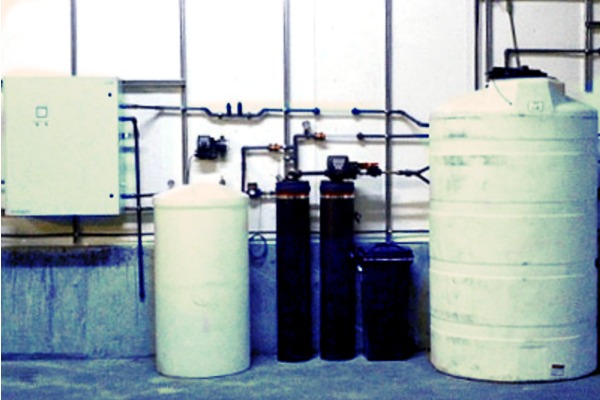
Ozone Water Treatment

Water Filtration System

Arsenic in Water
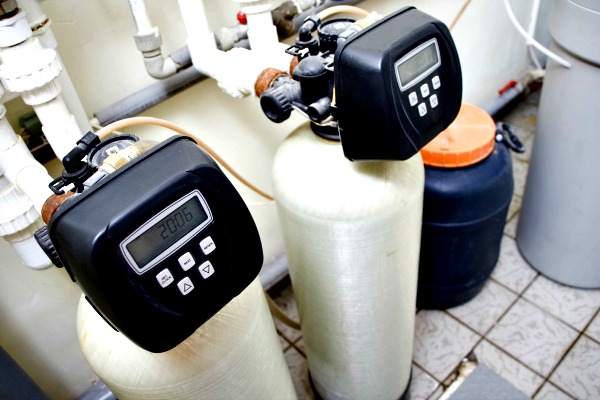
Water Softener System
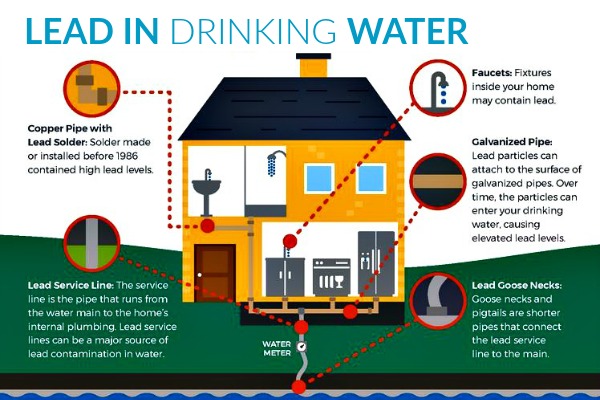
Lead in Drinking Water
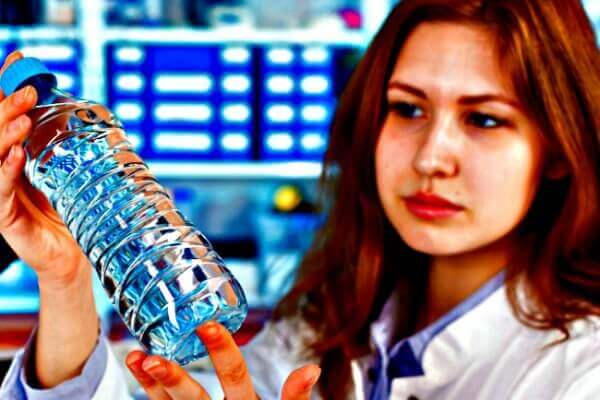
Coliform Bacteria Treatment
BC ONE CALL
Call Before You Dig!
Whether you are drilling a well or preparing to dig on a property in the Fraser Valley – even in the remote areas… Call Before You Dig!
One call from the contractor or homeowner with a dig project starts a process that ends with knowing where any underground facilities are buried on the property.
BC ONE CALL: 1-800-474-6886

Well Drilling

Well Pumps
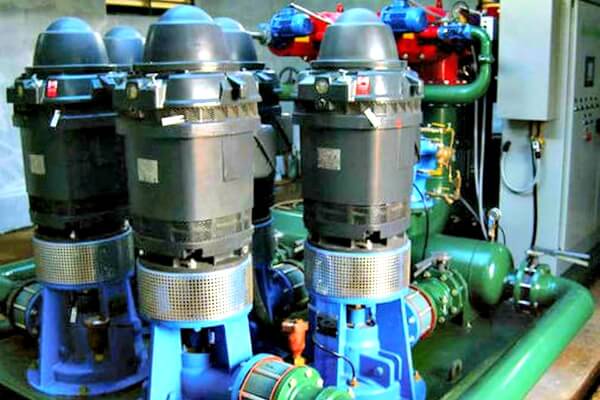
Large Pumps

Water Treatment

Water Testing

Geotech Services
Fraser valley
Water Testing Laboratories
Local Water Testing Laboratories Near You
Abbotsford, Chilliwack, Yarrow, Sardis, Clearbrook, Harrison Lake, Hope, Langley, Fort Langley, Surrey, Vancouver,
Aldergrove, Cloverdale, Pitt Meadows, Maple Ridge, Albion, Whonnock, Ruskin, Mission, Dewdney
Water Treatment Systems FAQ
Ground Water Health Concerns
Based on the chemical analysis some naturally occurring elements may cause concern when approaching the upper limits of the Guidelines for Canadian Drinking Water Quality.
For example:
- Turbidity
- Bacteria / viruses / protozoa
- Arsenic
- Uranium
Ground Water Health Concern Facts
- Turbidity and bacteria / viruses / protozoa indicate groundwater has been contaminated by surface runoff or from a nearby septic tank field.
- Turbidity may indicate the water well has not been fully developed at time of drilling the water well.
- Arsenic or uranium may occur naturally in some groundwater and must be removed.
Ground Water Aesthetic Concerns
- Alkalinity and hardness
- Colour, taste and odor
- pH
- Total Suspended Solids
- Iron or manganese
Why Are Ground Water Aesthetics a Concern?
- Hardness causes scaling, poor lathering of soap
- Colour, taste and odour make the water unpalatable
- pH leads to operational concerns
- TSS indicates high mineral content
- Iron and manganese cause staining and poor taste
Uranium and Arsenic Water Treatment Systems
- Arsenic (As) and uranium (Ur) occur more rarely
- Water treatment systems for arsenic and uranium can be expensive and difficult
Water Treatment System Notes:
- Consider combining sources to reduce levels of arsenic and uranium below the Canadian Drinking Water Quality Guidelines
- Consider alternative sources of water
Fraser Valley Water Treatment Systems for Hard Water, Iron, and Manganese
- Hard water is treated by water softeners (ion exchange systems), which may cause high levels of sodium.
- Iron and manganese are best removed by oxidation (aeration or chlorination), green sand water treatment, or proprietary water treatment systems.
Why do we filter water?
- Water filtration removes particles that shield bacteria and viruses from the disinfectant.
- Water filtration reduces protozoa
- Water filtration reduces THM precursors
- Water filtration improves aesthetics
Types of Water Filtration
- Cartridge or bag filters
- Slow sand filters
- Rapid rate granular
- Membranes
Practice Tip: Before you install any water filters, pilot tests them to make sure they do the job!
What is turbidity?
Turbidity is “cloudiness” in water caused by:
- Clay and silt
- Algae and other organisms
- Mineral particles in suspension
- Organic matter
- Colloids (finally divided the soil particles)
Turbidity in water can…
- Shield bacteria and viruses from disinfection
- Support protozoa (Giardia and cryptosporidium)
- Exert chlorine demand and affect residual chlorine
- Make water looked dirty and unfit to drink
- Turbidity can reduce UV disinfection effectiveness
Why test water for turbidity?
- High turbidity has been linked to increases in gastrointestinal illness.
- Turbidity may be related to Giardia and Cryptosporidium
Tip: Turbidity is easy to measure
- Microbiological water quality – determines portability.
- Turbidity – high turbidity effects disinfection and clarity of water.
- Colour
- Taste and odour
- PH – effects disinfection and treatment
- Total Organic Carbon (TOC) – effects disinfection and byproduct formation, contributes to taste and odors
- Total Suspended Solids (TSS) – measure of solids content, can affect disinfection, related to turbidity.
- Algae – contribute to taste and odour; some algae is toxic.
Many home water treatment systems chlorinate surface water. However, UV disinfection combined with chlorine provides more effective water disinfection.
All surface water should be filtered, because chlorination alone is not effective against cryptosporidium and is only moderately effective against Giardia.
Many home water treatment systems chlorinate surface water. However, UV disinfection combined with chlorine provides more effective water disinfection.
All surface water should be filtered, because chlorination alone is not effective against cryptosporidium and is only moderately effective against Giardia.
What Are the Objectives of a Water Treatment System?
- Be free of pathogens and toxic chemicals
- Look, smell and taste good
- Not cause excessive scaling or corrosion to water pipes and fixtures
Health Effects of Lead in Drinking Water
Are you concerned about lead in drinking water in the Fraser Valley? Here are a few facts… lead is a naturally occurring blue-gray metal found in nature combined with other elements. Lead is very poisonous and has no known nutritional value to humans. On the other hand lead is very valuable for manufacturing.
The use of lead is common, lead is used to manufacture batteries, paints, ammunition, and even some ceramic glazes. Prior to 1990, lead was commonly used in plumbing materials. Due to lead and human health concerns, the lead content in gasoline, paints and ceramic glazed products has been greatly reduced over the past three decades in North America.
How Does Lead Get Into Drinking Water?
Lead can get into drinking water by entering a drinking water supply or from lead-containing piping, home plumbing or fixtures. Contamination of source water can occur due to discharge from industries that burn fossil fuels, mine, smelt, and manufacture.
Older homes built prior to the mid-1950’s are more likely to have lead pipes and service lines. Homes built between the mid-1950s and 1989 are not likely to have lead pipes or service lines. However, there may be lead in some fixtures or solder used to connect your pipes. Homes built after 1989 are unlikely to have lead in pipes, service lines, solder or joints. It is also possible that submersible pumps, especially the leaded-brass variety, could release lead into the drinking water and, therefore, may be a concern for those that rely on a water well.
The amount of lead from the plumbing system that may be dissolved depends upon several factors. This includes pH, water temperature, the age of the plumbing, water quality and standing time of the water in the plumbing system.
How Does Lead Affect My Health?
Lead is very toxic and can damage kidneys, male reproductive system, liver, lungs, spleen, bone marrow, and bone. Lead may also cause anemia, and might even affect memory. The effects of lead on adults is typically reversible, but the effects of lead on children under six years old is not reversible. Lead poisoning can affect the mental, physical growth, and learning ability of a child. A particular concern is lead contaminated water used for preparing baby formula as it may contribute as much as 40-60% of an infants lead intake.
Lead is also considered dangerous for an born child as she or he can be exposed to lead through their mother. Harmful effects include premature births, small babies, and reduced mental ability of an infant.
Other Considerations in My Drinking Water
Lead in drinking water is most often from contained in residential plumbing or maybe municipal water service lines . Homes with lead in the service lines or where lead is a concern and the drinking water has been sitting in the lines for 6 hours or more should flush the water system by running the cold water faucet for at least 5 minutes or until the water gets very cold. This should help to greatly reduce the lead that may have leached into the water from the water pipes. Additionally, homes where lead is an issue the water should not be consumed from the hot-water faucet as heated water may contain even higher concentrations of lead.
If water at your property has been shown to have lead levels over the recommended level, children under the age of six and pregnant women should seek alternate sources of drinking water or use an approved lead water filter attached to the tap or home water treatment system. If your water has been tested and found to have levels below the recommended 0.010 mg/L, a filter is not recommended but flushing of the water for five minutes should continue.
Lead does not accumulate in fish, but it does in some shellfish such as mussels.
There is a blood test to identify lead poisoning. Medical treatment may be necessary if blood lead levels are high. Seek medical advice for symptoms that may be as a result of lead exposure.
How Can I Remove Lead From My Drinking Water?
Lead can only be prevented from entering the water by reducing the corrosiveness of the water to acceptable levels and by replacing water mains and service connections containing lead. At the point of use a water filter that is attached to the tap can be used to lower lead to acceptable levels. The filter should be conform to the National Sanitation Foundation (NSF) International standard for reducing lead (NSF/ANSI 53). An up to date listing of filters that meet the NSF 53 standard for lead can be found at http://www.NSF.org. Boiling the water will not remove lead and, in fact, may increase the lead levels as some of the water evaporates during boiling.
The best practice to reduce lead exposure levels at the consumers tap is flushing the plumbing materials prior to human consumption of water. Where lead has been demonstrated to be an issue, water suppliers should consider the adoption of appropriate corrosion control measures including addition of corrosion inhibitors and monitoring pH and alkalinity levels in the piping system as this will reduce lead levels in finished water.
Municipalities and homeowners in British Columbia are encouraged to replace any lead piping systems by installing other suitable piping materials, such as polyvinyl chloride (PVC).
What Is The Standard For Lead In Drinking Water?
Maximum Acceptable Concentration for Drinking Water in Canada = 0.005 mg/L according to the new reporting limit for lead for the Canadian Drinking Water Quality Guidelines update as of April 2019.
Lead in drinking water has no taste, smell, or color. It can only be detected through a chemical water test for lead.
The Guidelines for Canadian Drinking Water Quality recently set a maximum acceptable concentration of 0.005 mg/L (5 parts per billion) for total lead in drinking water, measured at the tap. Every effort should be made to maintain lead levels in drinking water and keeping it as low as possible
Can I Test My Water to Find Out if There is Lead in My Water?
Most water testing laboratories in the Fraser Valley and throughout British Columbia can provide water test kits to test water for lead, the water testing results will quickly determine if lead is present in a water supply. For information on sampling instructions and containers, please visit https://WaterTesting.io. Taking both a standing water (water in the pipes for 6 hours or more) and a flushed (running water for at least 5 minutes) sample should be considered
- What are the Guidelines for Canadian Drinking Water Quality? The guidelines were developed by Canada, provinces & territories to protect public health.
- The Guidelines for Canadian Drinking Water Quality sets out parameters of substances that could be found in water.
- The guidelines set out the maximum acceptable concentrations that all water systems in Canada must strive for.
Water throughout the Fraser Valley is obtained from various sources depending on what resource is most suitable & dependable.
Three main sources of water in the Fraser Valley of British Columbia include:
1. Groundwater – As water fills the spaces between rock & soil creating what is known as an aquifer. Groundwater depths and water quality varies significantly throughout the Fraser Valley of British Columbia.
Water well drilling throughout the Fraser Valley plays an enormous part in everyday life for thousands of families, farms & even local businesses that rely on aquifers and groundwater resources. Regardless of the depth of a water well, water testing for should be conducted regularly, once a year at least of not more depending on the individual well.
2. Surface Water – Water that pumped or drawn directly from streams, rivers, lakes, ponds, springs, dug / shallow wells or similar sources.
Surface water as a rule may be considered unsafe to drink without water filtration system and or a water purification system such as UV disinfection. Surface water systems and shallow wells are often vulnerable and susceptible to contamination and water testing may be recommended several times a year
3. Rain Water – Water is typically collected from a roof’s surface and stored in water storage tanks or water catchment system for utilization. The quality of rain water is normally better than a surface water or a dug well but will generally need some type of water filtration system or water purification system to disinfect for possible pathogens, regular water testing is suggested.
Water is in continuous movement on, above and below the earth’s surface. As water is being recycled over and over through the earth’s system—no water is truly pristine. Water quality will vary from one water source to another, often changing with the seasons, and with water quality changing by the various kinds of rock and soil in which it contacts and moves through.
Generally, the natural processes affects water quality for the most part. For example, as water moves through rock & soil underground it picks up and dissolves natural contaminants, even without human activity, contamination or other land uses in the area.
While nature does influence the quality of water, water can be contaminated by numerous human and land use activities, such as open defecation, dumping garbage, poor agricultural practices, and chemical spills at industrial sites, discharge to the ground, such as a privy vault, cesspool, septic disposal field, manure heaps, barns or pig sty’s etc.
A: If your drinking water comes from a private well in the Fraser Valley, water testing should be done by a certified water testing lab near you to see your drinking water us safe for you and your family to drink and prepare food. Drinking unsafe drinking water can make people sick. Even if you’re not currently sick, your well water may be unsafe. Some contaminants found in well water can cause long-term health issues.
A: All purveyors of certified water systems in the Fraser Valley and throughout British Columbia are required to test the water regularly.
This includes including small private systems, such as shared wells, restaurants or trailer parks, cooperatively owned systems, such as strata properties, and larger municipal systems owned by local governments.
A: If you own a private well in the Fraser Valley, it’s important to have your well water tested to determine if your water is safe to drink. Just because your neighbor’s water well has been tested and found to be safe this is not an indication that your water is also safe, all Fraser Valley water wells should be tested at least once a year and some more often.
Remember, the safety of your well water depends on surface and underground geology, the depth and construction of the well. Even deep drilled wells can be susceptible to contamination if surface water enters the well from the top of the well or from surface fractures in the rock or a leaking and even damaged casing.
It’s important to note that a water test report will only tell you about the quality of your water on the day that you draw the sample. Well water quality can also be seasonal. Heavy rain, melting snow, drought, floods or other events such as seasonal land-use may cause contamination. Water wells need to be tested on a regular basis, maintain a file for the water test reports for future reference.
A: What is the difference between the Canadian Drinking Water Guidelines and Canadian Drinking Water Standards?
Canadian Drinking Water Standard – a mandatory limit that must not be exceeded; drinking water standards often indicate a legal duty or obligation.
Canadian Drinking Water Guideline – a recommended limit that should not be exceeded; guidelines are not intended to be standards of practice, or indicate a legal duty or obligation, but in certain circumstances they could assist in evaluation and improvement.
A: There can be many harmful substances that you cannot taste, see or smell, such as bacteria and chemicals that could affect your health.
Contaminates can enter a well water both from the surface and ground and can be from natural sources or human activities.
For example, nearby farming and agricultural activities or septic systems, if built or maintained improperly, could lead to increased nitrates and fertilizers seeping into soil and contaminating your well water, even deep drilled wells.
The lack of good water well maintenance may also cause contamination of your Fraser Valley Well Water.
A: There are 2 categories of water tests for well water:
1. Bacteriological Water Testing
2. Chemical Water Testing
Bacteriological Water Testing
Bacteriological testing should be done 2 or 3 times a year. Two common types of bacteria found in water are: Total Coliform and E.coli.
Total Coliform
Total Coliform include bacteria found in soil, surface water, and the intestinal tracts of animals. Finding total coliforms in a well may not mean that the water is unsafe to drink, but does indicate:
1) The well may require improved sanitation or physical upgrades.
2) The well may be subject to surface contamination.
Escherichia coli (E. coli)
E. coli originates in the intestinal tracts of animals. The presence of E. coli in your well water may mean fecal matter has entered the well. Fecal organisms cause stomach and intestinal illnesses, including diarrhea and nausea, and may even lead to death. Babies, children, elderly or people with immune deficiencies or other illnesses may be affected more severely.
E. coli in your drinking water is an immediate health concern and the water is not safe to drink.
For more information, see the British Columbia Ministry of Environment’s fact sheet on Total, Fecal & E. coli Bacteria in Groundwater
Chemical Testing
Testing water for chemicals should be done on a routine basis, typically at a minimum of every 5 years. Chemicals commonly of concern in the Fraser Valley’s groundwater resources are: nitrates, fluoride and metals such as arsenic, lead, copper and manganese.
Nitrates
High levels of nitrates have been found in numerous wells throughout the Fraser Valley. This usually occurs in areas where groundwater may be contaminated by surface activities such as agriculture or farming, drilled wells can be susceptible but shallow wells are especially vulnerable to nitrate contamination.
Metals
Since well water comes from the underground, different metals in the soil and rock can leach or dissolved into the water. Some metals, such as arsenic can have serious and long-term health effects if they are found in high amounts.
A: Local Water Well Pros drillers are educated and certified under the BC well drillers apprenticeship program must abide by or exceed the water well drilling regulations for British Columbia.
A: Arsenic is known to cause cancer, as well as many other serious health problems. Arsenic levels tend to be higher in drinking water that comes from groundwater sources, such as water wells, as opposed to water from surface sources, such as lakes or reservoirs.
Arsenic is a natural element that can be found in rocks and soil, water, air, and in plants and animals. It can also be released into the environment from some agricultural and industrial sources.
Other metals such as lead, and copper can also leach out of pipes and soldered joints. Water of low PH will typically be much more aggressive. For some, but not all metals, you may notice taste, odor, or staining of fixtures.
Local Water Well Pros
Fraser Valley Water Treatment Systems & Repairs
Abbotsford, Chilliwack, Yarrow, Sardis, Clearbrook, Harrison Lake, Hope, Langley, Fort Langley, Surrey, Vancouver,
Aldergrove, Cloverdale, Pitt Meadows, Maple Ridge, Albion, Whonnock, Ruskin, Mission, Dewdney
